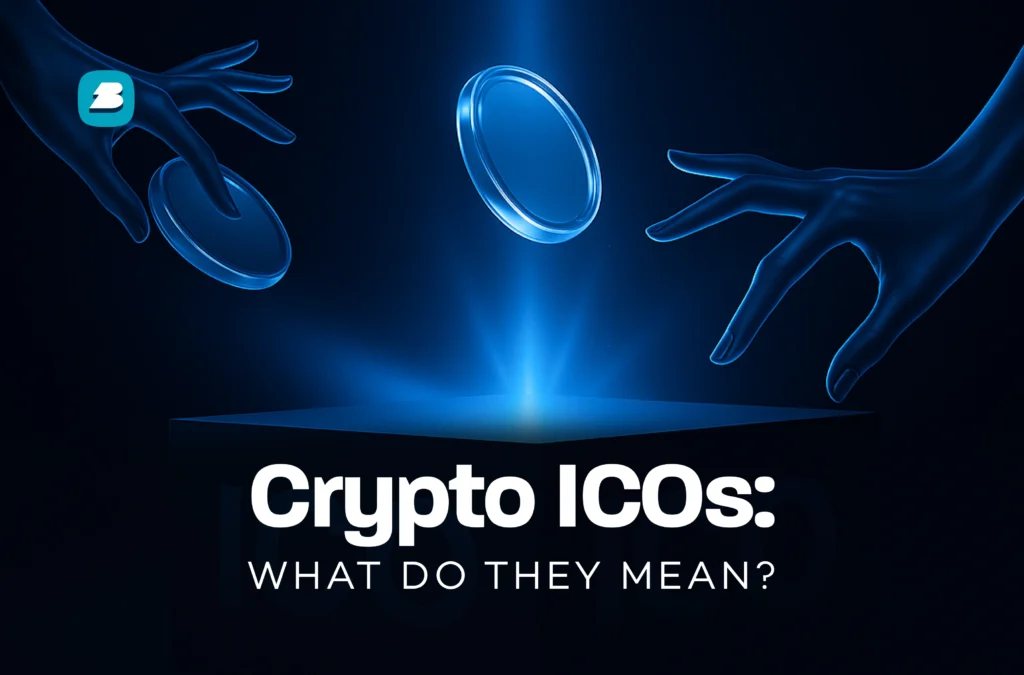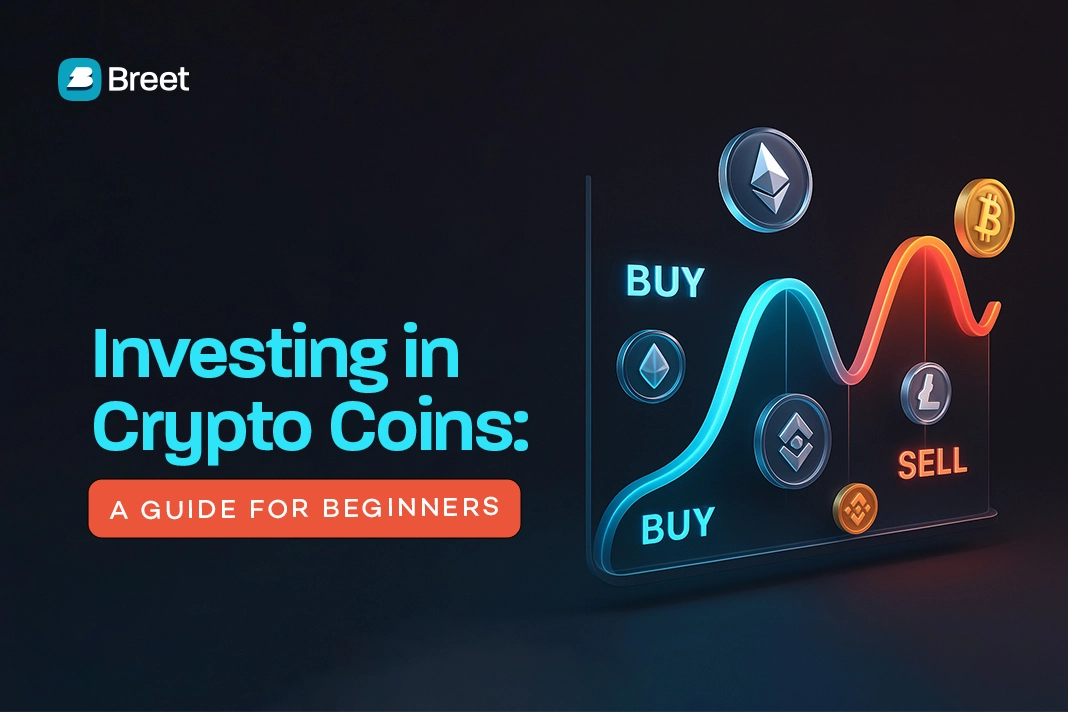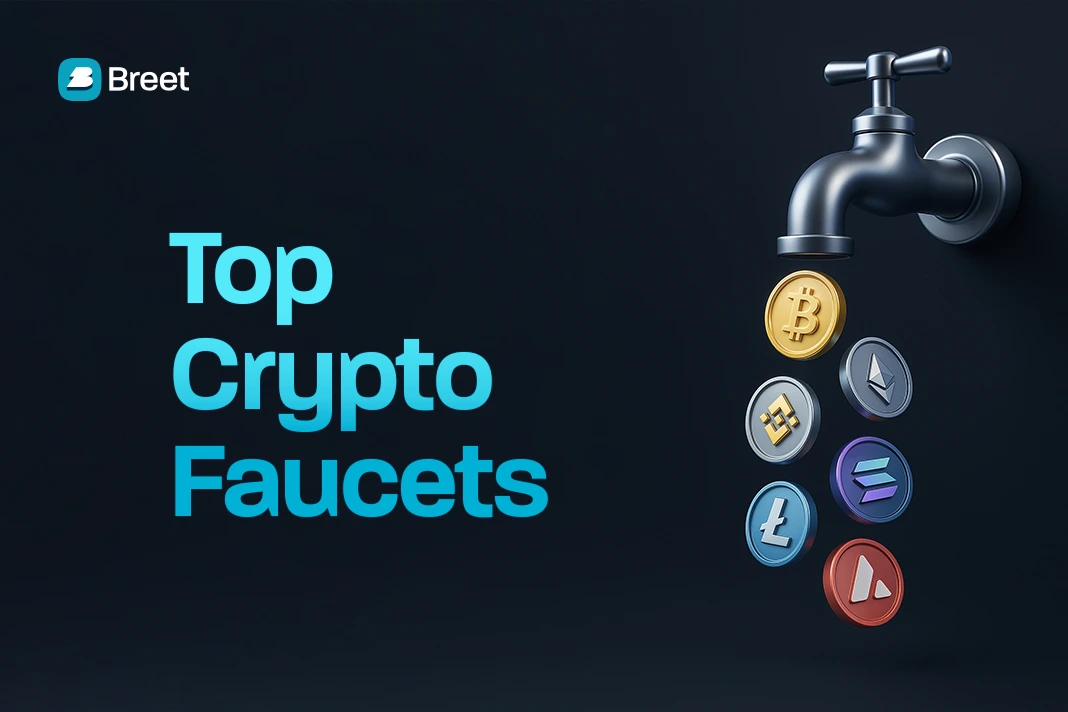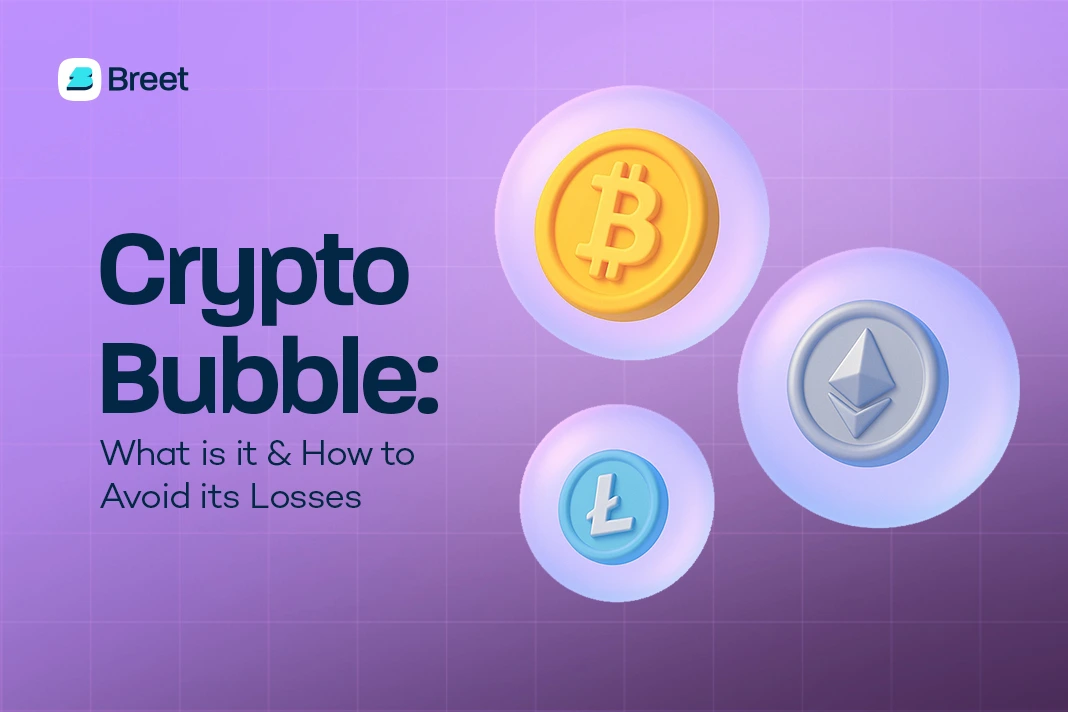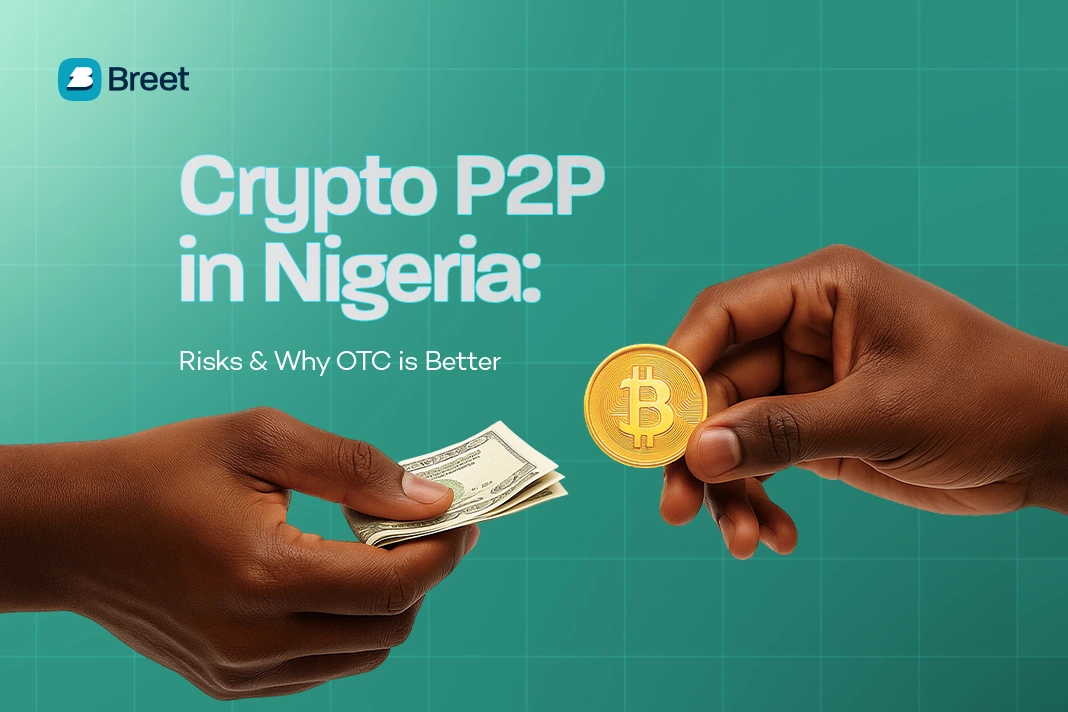You might have seen or heard the word “Crypto ICOs“, and then you’re wondering “What do Crypto ICOs Mean?”
Imagine you launched a huge blockchain project like Bitcoin and you raised millions of dollars from investors worldwide without asking for loans. That’s exactly what crypto ICOs make possible. Since Ethereum’s ICO made $18.4 million in 2014, Initial Coin Offerings have become the go-to for funding blockchain projects.
Yet, while ICOs have created several success stories, they’ve also paved the way for scams that have cost investors billions. So what exactly are crypto ICOs, how do they work? This guide breaks down everything you need to know.
What Does ICO Mean in Crypto?
An ICO (Initial Coin Offering) is like crowdfunding for cryptocurrency projects. Instead of asking banks or investors for money, a new blockchain company sells its own digital tokens to raise funds.
Think of it like buying tickets to a concert before the venue is even built, except the tickets are tokens. If the project succeeds, those tokens could go up in value.
The tokens can be used in different ways. Some let you use the project’s platform, while others are more like owning a share in the company. The cool part? All you need is some Bitcoin or Ethereum to buy the new tokens.
What are the Two Main Types of ICO Tokens?
Utility Tokens:
These are like digital coupons that give you future access to a project’s product or service. For example, Filecoin raised $257 million by selling tokens that users could later use to access their cloud storage platform.
Security Tokens
Security tokens give you rights to profits and dividends of a company. Some companies, like Overstock, have tried security token offerings (STOs), where investors can buy shares of a company through blockchain technology.
How Do Crypto ICOs Work?

Before you invest, make sure you fully understand crypto ICOs. Here’s a step-by-step guide on the process:
Step 1: The Team Creates a White paper
Everything starts with the white paper which is a detailed document that tells you the entire project. A good white paper includes:
- What problem the project solves
- How the technology works
- How much money they need to raise
- What they’ll do with the funds
- The project timeline and milestones
- The team behind the project
- How many tokens will be created and distributed
- What currencies they’ll accept (Bitcoin, Ethereum, etc.)
The white paper is your homework assignment before investing in any crypto ICO so read it carefully. While true projects explain everything to you clearly, scams often have vague or confusing white papers.
Recommended:
Step 2: Setting the Token Sale Structure
ICOs can be structured in three different ways:
- Static Supply, Static Price: Here, the company creates a specific number of tokens and sells each one at a set price. It is straightforward; once all tokens are sold, the ICO closes.
- Static Supply, Dynamic Price: in this case too a fixed number of tokens are created, but the price changes based on how much money is raised. In other words, more funding means higher prices for the tokens.
- Dynamic Supply, Static Price: Here, the token price does not change, but the number of tokens change depending on the total funds received.
Step 3: Marketing and Building Community
Successful ICOs don’t just appear overnight. In fact, it takes months for teams to build buzz through:
- Social media campaigns
- Online forums and communities
- Cryptocurrency news sites
- Influencer partnerships
- Demo videos and presentations
A lot of scam projects rely on hype, celebrity endorsements, and promises of guaranteed returns. As an investor, you need to be careful here.
Step 4: The Token Sale Begins
When the ICO officially launches, you can buy tokens using cryptocurrencies like Bitcoin or Ethereum. Sometimes, fiat currency is also accepted. The sale might last anywhere from a few days to several months. Some crypto ICOs sell out in minutes, while others may never meet their funding goals.
Most crypto ICOs set two important thresholds:
- Soft Cap: The lowest amount of money needed for the project to begin. If they don’t hit this target, your funds may be returned to you.
- Hard Cap: The maximum amount they want to raise. Once this is reached, the ICO closes even if time remains.
Top Pick:
Step 5: Token Distribution and Exchange Listing
After a successful ICO, the token is sent to your crypto wallet. The project team then tries to get those tokens listed on exchange apps like Breet and Binance so you can trade them. This is the stage where early investors hope the token’s value rises as more people start buying it.
Benefits of Crypto ICOs for Startups and Investors
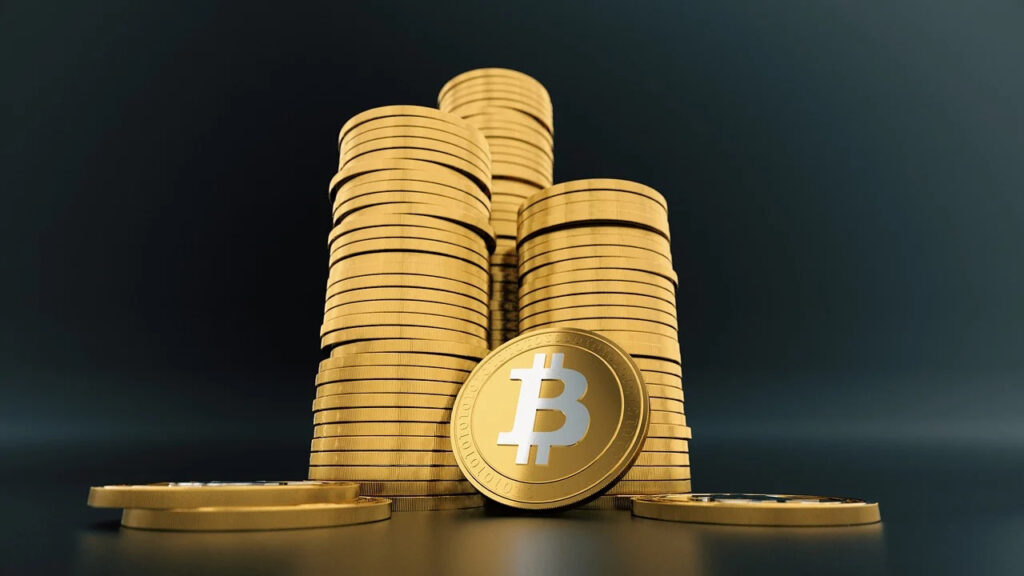
Crypto ICOs have several advantages over traditional fundraising:
For Startups
- Global Access to Capital: Companies can raise money from anywhere in the world without geographic restrictions. A small team in Nigeria can attract investors from Japan, Germany, Italy and Brazil at the same time.
- No Intermediaries: Forget banks and their endless paperwork. Crypto ICOs let startups raise funds directly from their community, cutting out middlemen and keeping more control over their project.
- Fast Funding: Crypto ICOs can raise millions in weeks or even days. Ethereum raised $18.4 million in just 42 days, while EOS made a record-breaking $4 billion in a year.
For Investors
- Early Access to Innovation: Crypto ICOs give people a chance to invest in new technology at very low costs. For example, Ethereum’s ICO sold tokens at just $0.31 each. As Ethereum grew into the world’s second-biggest cryptocurrency, those early investors made thousands of times their original investment.
- High Return Potential: While risky, successful crypto ICOs have generated 10x, 100x, or even 1,000x returns. Some early investors turned thousands into millions.
Risks and Controversies Around Crypto ICOs
Even if they could turn you to millionaires in just a few months, crypto ICOs come with serious risks you must know:
Scams Are Rampant
The sad truth is that a lot of crypto ICOs are complete scams. Fraudsters create fake projects, raise millions, and disappear with investors’ money. Celebrity Floyd Mayweather Jr. and DJ Khaled once promoted Centra Tech’s ICO, which raised $30 million before being exposed as a scam. Both celebrities had to face lawsuits for their endorsements.
Warning signs of Crypto ICO scams:
- Anonymous team members or fake identities
- Vague or copied white papers
- Guaranteed returns or “get rich quick” promises
- Heavy celebrity endorsements without substance
- No working product or prototype
- Pressure to invest quickly
Lack of Regulation
Unlike traditional securities, most crypto ICOs operate in a regulatory gray area. The Nigerian Securities and Exchange Commission (SEC) has cracked down on some ICOs. Still, many crypto ICOs operate without proper oversight, leaving investors with little protection.
High Failure Rate
Even true crypto ICOs often fail. About half of all crypto ICOs take a long while to succeed. Some projects run out of money, teams abandon ship, or the tech simply doesn’t work as promised.
Don’t Miss:
- How to Verify Bitcoin on Cash App: Step-by-Step Guide
What This Means for You

If you want to launch or invest in a crypto ICO today:
- As an Entrepreneur: Focus on being honest and building real products. The days of raising millions with just a white paper are over. Investors want working prototypes and experienced teams. Consider Initial Exchange Offerings (IEOs) or Initial DEX Offerings (IDOs) instead of traditional ICOs so you are more reliable.
- As an Investor: Research the team, read the white paper very clearly, check if the project is registered with regulators, and never invest more than you can afford to lose. Look for projects with real use cases, working products, and honest teams.
Conclusion on Crypto ICOs
As we move into 2025 and beyond, crypto ICOs are maturing. Stricter regulations and improved platforms are making crypto ICOs safer and more legit. Still there are always risks. Stay educated and make sure to understand how they work.
Frequently Asked Questions (FAQs) About Crypto ICO
Can I still make money from Crypto ICOs in 2025?
Yes, you can still make money from crypto ICOs. Just invest on what you can afford to lose completely. Look for working prototypes, and check if the project has real use cases. Remember, don’t put all your money in one ICO.
How do I know if an ICO is a scam?
Unfortunately, many crypto ICOs are scams, so you need to be very careful. If you can’t find real names, photos, or backgrounds of the team, do not invest. A good whitepaper clearly explains the project, the tech, and how they’ll use your money. If it is unclear, it’s probably fake. No legitimate investment can promise you’ll make money. If they say things like “guaranteed 10x returns” or “you can’t lose,” it’s definitely a scam.
What’s the difference between an ICO and an IPO?
In an ICO, a project sells digital tokens. It is easier and faster to launch but riskier for investors. In an IPO, a company sells its shares on a stock exchange. It is well regulated by the government so you are protected from scams.
Are ICOs safe to invest in?
Not always. ICOs are high-risk because many projects fail, and scams are very common. Before investing, you should read the white paper carefully and research the team’s background. Also, make sure to check if the ICO is registered with regulators like the SEC in Nigeria.
Be cautious of hype, celebrity endorsements, or promises of guaranteed returns. Because a celebrity is promoting an ICO on her TikTok or Instagram does not mean you should invest in it.
Why are ICOs regulated?
ICOs are regulated to protect investors from fraud. The SEC decides if a token counts as a security. If it does, the ICO must follow securities laws. Past cases like Telegram show that regulators step in when project teams break the rules. Because of this, some projects now choose alternatives like IEOs (Initial Exchange Offerings) or STOs (Security Token Offerings), which are more straightforward.
